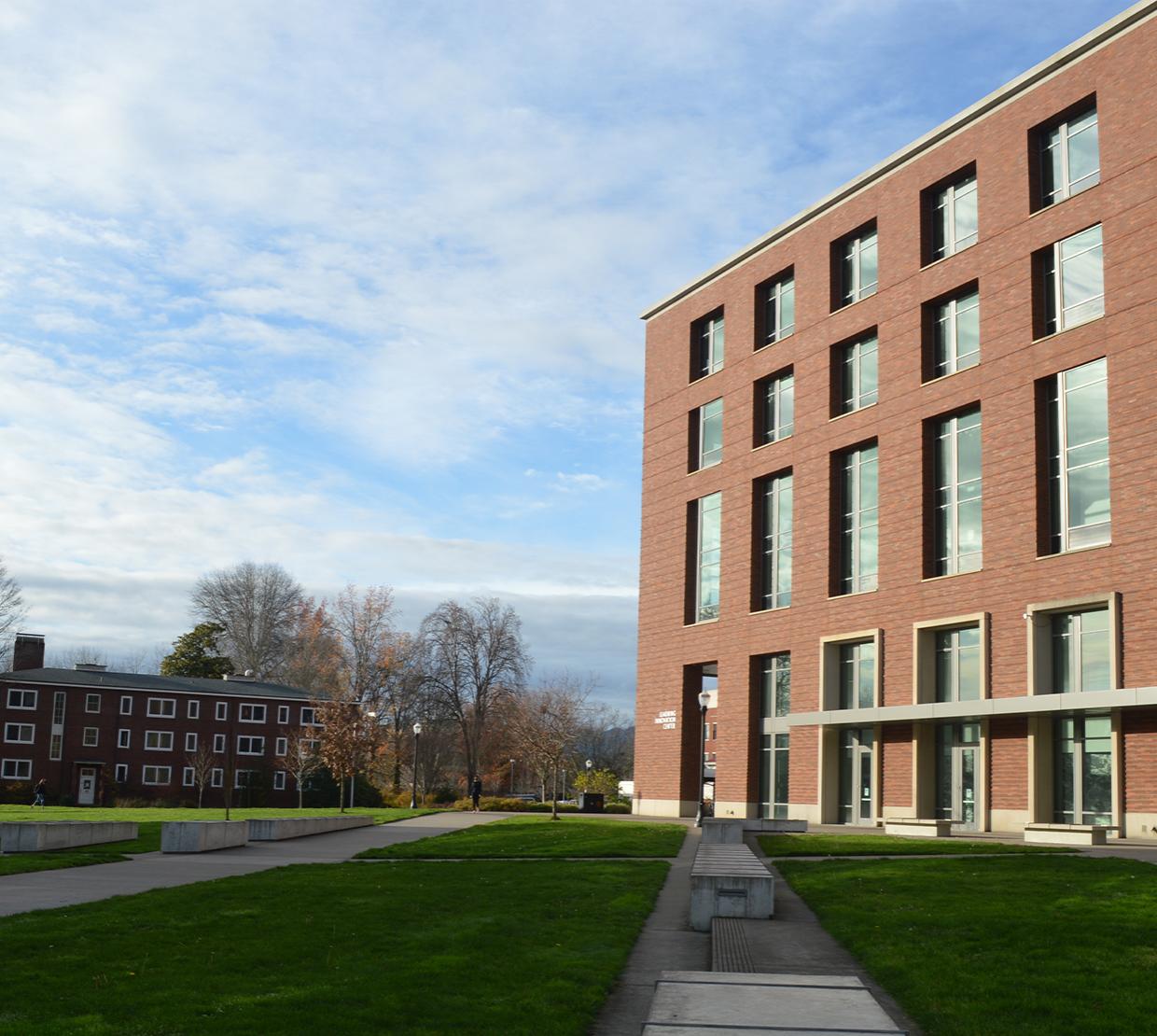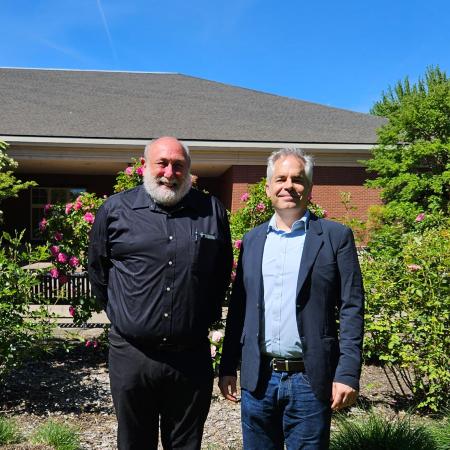College of Science mathematics instructors are dramatically improving student success in introductory algebra courses by replacing the traditional classroom model with 21st-century methods: technology, new active learning approaches and data-driven measurement of student performance and understanding. These have significantly moved the dial on student engagement, retention and performance levels in 100- and 200-level mathematics classes at OSU.
The greatest need: Teaching innovations in college algebra
OSU is one of just eight universities awarded funding from a Gates Foundation grant through the Association of Public and Land-Grant Universities (APLU). This grant supports the implementation of adaptive courseware in high enrollment general education courses, including College Algebra/MATH 111.
Mathematics instructors Sara Clark, Scott Peterson, Lyn Riverstone, Dan Rockwell, Katy Williams, David Wing and Elizabeth Jones of the Equal Opportunities Program spent more than 300 hours across several months working together to re-design College Algebra. To ensure the use of best practices that lead to student success, the team worked closely with OSU’s Center for Teaching and Learning, Ecampus, Academic Technologies and the Academic Success Center, and engaged numerous instructors in biology, physics and chemistry who are models of innovative practice. The team piloted the redesign in five sections of Math 111 in spring term 2017.
Learning Catalytics helps the instructor monitor student responses to questions and determine where they are struggling with the help of real-time analytics. Instructors also use the software to promote interaction by grouping students who have different answers. The result is a highly energized class excited by mathematical challenges.
“Through the use of these new adaptive tools, we’re trying to more effectively meet each student where they are, to facilitate that connection between a new concept and the individual understanding the student comes in with,” Riverstone explained. In class evaluations, students responded positively to the class and its innovative pedagogical tools and structures. They reported more confidence in their ability to understand and apply algebraic concepts as well as an increased enjoyment of mathematics.
“I gained insight into what I might want to do with my life. I have been considering going into education and I might focus on math,” wrote one student. Another mentioned, “This class was engaging, interactive and educational—and packed into a ‘math support system.’ There never was a dull moment.”




